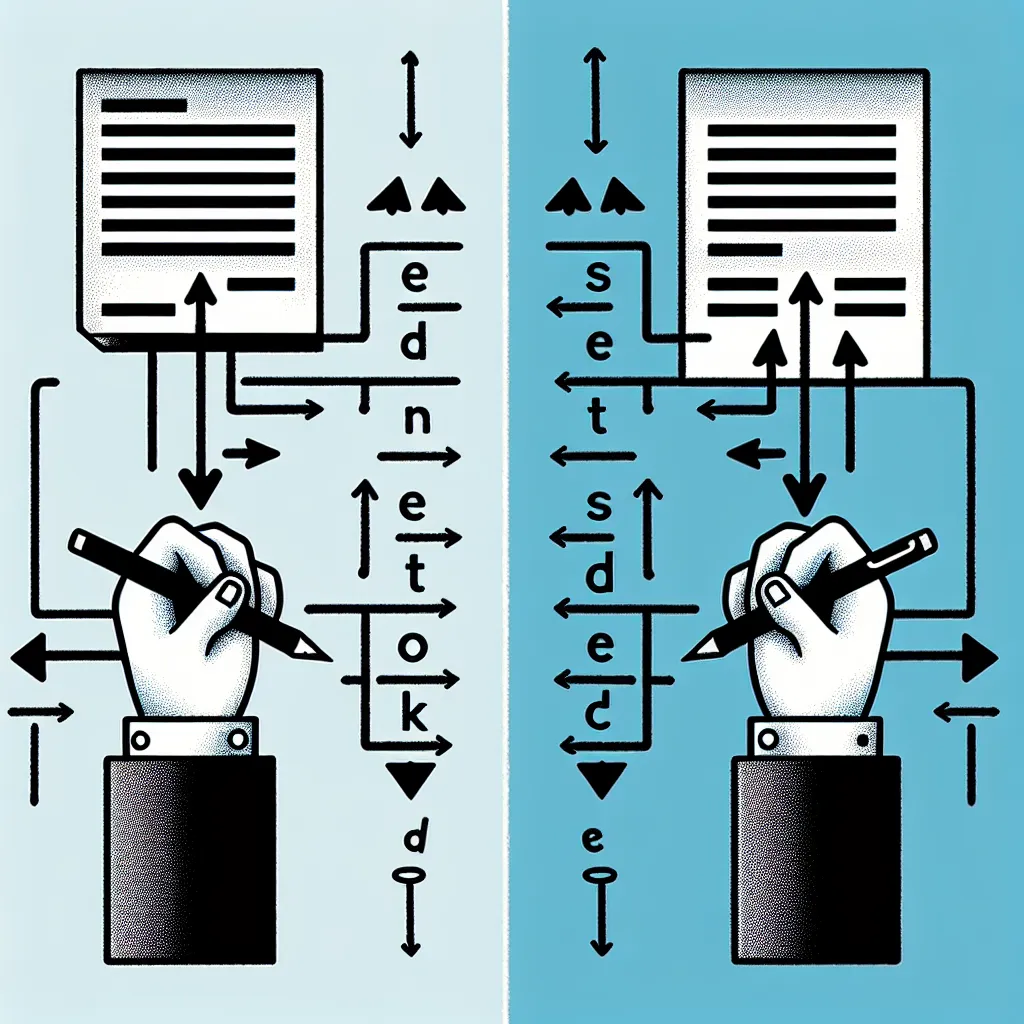Are you looking to enhance your English writing skills and make your sentences more engaging? Mastering sentence variety is key to creating compelling and dynamic prose. In this article, we’ll explore ten essential tips to help you diversify your sentence structures and elevate your writing to the next level.
Why is Sentence Variety Important?
Before we dive into the tips, let’s understand why sentence variety matters. Varying your sentence structures keeps your writing interesting and prevents monotony. It helps maintain your reader’s attention and makes your ideas more memorable. Moreover, it demonstrates a higher level of language proficiency, which is crucial for academic writing, professional communication, and creative expression.
 English sentence variety
English sentence variety
1. Mix Short and Long Sentences
One of the simplest ways to add variety to your writing is by alternating between short and long sentences. Short sentences pack a punch and create emphasis. Long sentences, on the other hand, allow for more detailed explanations and can create a flowing rhythm.
Example:
- Short: “The wind howled.”
- Long: “The wind howled through the trees, sending leaves swirling in a frenzied dance across the darkening sky.”
2. Vary Your Sentence Openings
Don’t always start your sentences with the subject. Try beginning with:
- Prepositional phrases: “In the blink of an eye, everything changed.”
- Adverbs: “Suddenly, the room fell silent.”
- Dependent clauses: “While everyone else panicked, Sarah remained calm.”
This technique immediately adds interest and keeps your reader engaged.
3. Use Different Sentence Types
English has four main sentence types. Incorporating all of them can significantly enhance your writing:
- Declarative: “The cat sat on the mat.”
- Interrogative: “Where did the cat go?”
- Imperative: “Look at the cat!”
- Exclamatory: “What a beautiful cat!”
4. Experiment with Sentence Structures
Don’t stick to simple subject-verb-object structures. Try these variations:
- Compound sentences: “I love coffee, and I drink it every morning.”
- Complex sentences: “Although I love coffee, I try to limit my intake.”
- Compound-complex sentences: “I love coffee, and I drink it every morning, but I know I should cut back.”
5. Incorporate Punctuation Creatively
Different punctuation marks can change the rhythm and emphasis of your sentences:
- Use em dashes for emphasis: “The solution was simple—or so we thought.”
- Try semicolons to join related ideas: “The night was cold; the fire was warm.”
- Employ colons for lists or explanations: “He needed three things: a map, a compass, and courage.”
6. Utilize Appositives
Appositives are noun phrases that rename or describe another noun. They’re an excellent way to add information without creating a new sentence:
“My brother, a talented musician, performs every weekend.”
7. Play with Parallel Structure
Parallel structure involves using the same pattern of words to show that two or more ideas have equal importance:
“She came, she saw, she conquered.”
This technique is particularly effective in speeches and persuasive writing.
8. Try Inversion
Inversion involves reversing the typical subject-verb order for emphasis or stylistic effect:
“Never have I seen such beauty.”
“Rarely does he speak in public.”
 Sentence inversion example
Sentence inversion example
9. Use Periodic Sentences
A periodic sentence is one where the main clause comes at the end, after any subordinate clauses. This creates suspense and emphasis:
“After years of hard work, countless rejections, and moments of self-doubt, she finally achieved her dream.”
10. Incorporate Rhetorical Questions
Rhetorical questions engage the reader and can be used to make a point or transition between ideas:
“Why do we write? Is it not to communicate, to express, to inspire?”
Putting It All Together
Mastering sentence variety takes practice. Here’s a paragraph that incorporates many of the techniques we’ve discussed:
“Why do we write? Is it not to communicate, to express, to inspire? In the realm of language, variety reigns supreme. Short sentences punch. Longer ones flow, carrying the reader along like a gentle stream. By mixing structures—simple, compound, complex—we create rhythm. And rhythm, dear reader, is the heartbeat of engaging prose. So, experiment! Play with words. Invert when necessary. Use punctuation creatively; it’s your ally in this journey. Remember: the goal isn’t just to inform, but to captivate.”
Conclusion
Mastering English sentence variety is a powerful tool in your writing arsenal. By implementing these tips, you’ll create more dynamic, engaging, and professional-sounding prose. Remember, the key is practice and experimentation. Don’t be afraid to try new structures and techniques in your writing. Over time, you’ll develop a natural flair for varying your sentences, making your English writing truly stand out.
Ready to take your writing to the next level? Start incorporating these tips into your daily writing practice. For more advice on improving your English skills, check out our articles on English paraphrasing skills and mastering English sentence connectors. Happy writing!




